
Educational Programs
The Diefenbunker is one of the most unique educational sites in Canada, offering a one-of-a-kind experiential learning environment, 75 feet underground. Tour the museum with your class or school group to experience the complexities of the Cold War first-hand and to see how it affects our lives today.
Combining an informative tour of the bunker with engaging activities and discussion, students can immerse themselves in the Cold War and experience Canadian history from a perspective unlike any other.
The Diefenbunker offers both on-site and virtual educational programs that have links to curriculum across history, geography, social studies, language arts, and more. Explore our available themed programs below!
Book your program today!
To reserve a time for an educational program on-site at the Diefenbunker or virtually to your homes or classrooms, please fill out the appropriate Program Registration Form below and return it to our Operations Team by email at reservations@diefenbunker.ca.
Please return the Program Registration Form to us at least two weeks prior to your intended program date, as space is limited. For any questions or special requests, please contact our Operations Team by email at reservations@diefenbunker.ca or by phone at 613-839-0007 x227.
On-site programs
Art and Peacebuilding
Grade 4–12
Looking at art made during the Cold War years, students will create their own art piece advocating for peace.
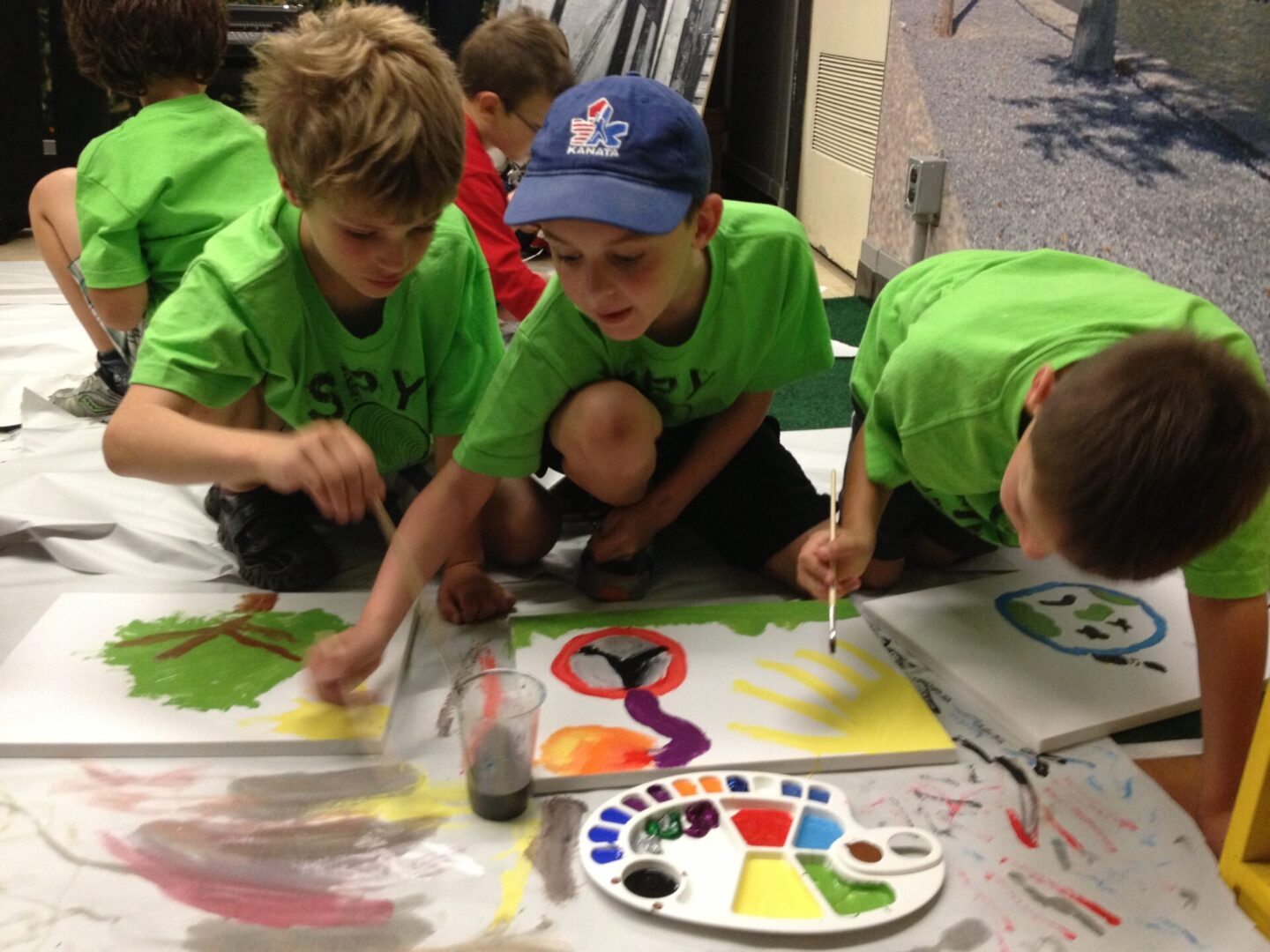
Conflict Resolution
Grade 7–10
In this program, students will learn principles of conflict resolution and get to apply them through a Cold War scenario.
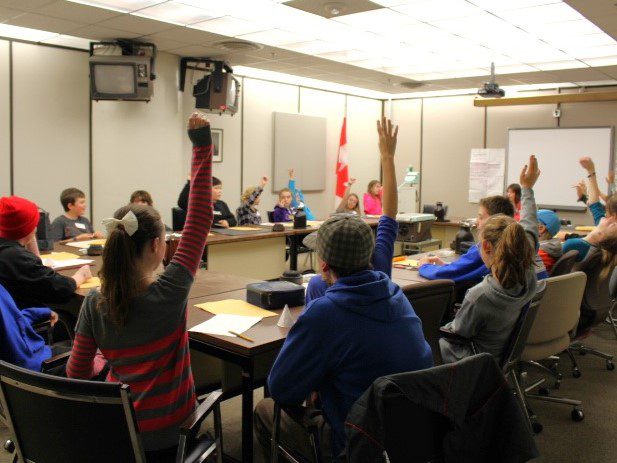
Continuity of Government
Grade 7–12
Set during the Cold War, students will act as the government’s War Cabinet and make decisions on behalf of the country.

Daily Life in the Diefenbunker
Grade 5–10
Students will learn about life in the bunker and decide which roles would be most important to ensure the government can continue their work.
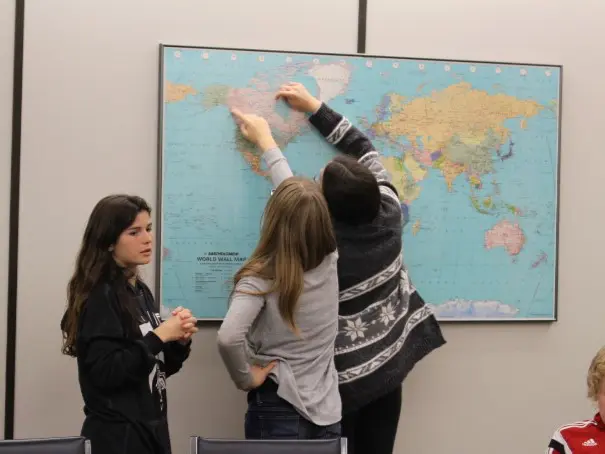
Emergency Preparedness
Grade 6–12
Students will learn how people prepared during the Cold War for potential disasters and how we can prepare for emergencies today.
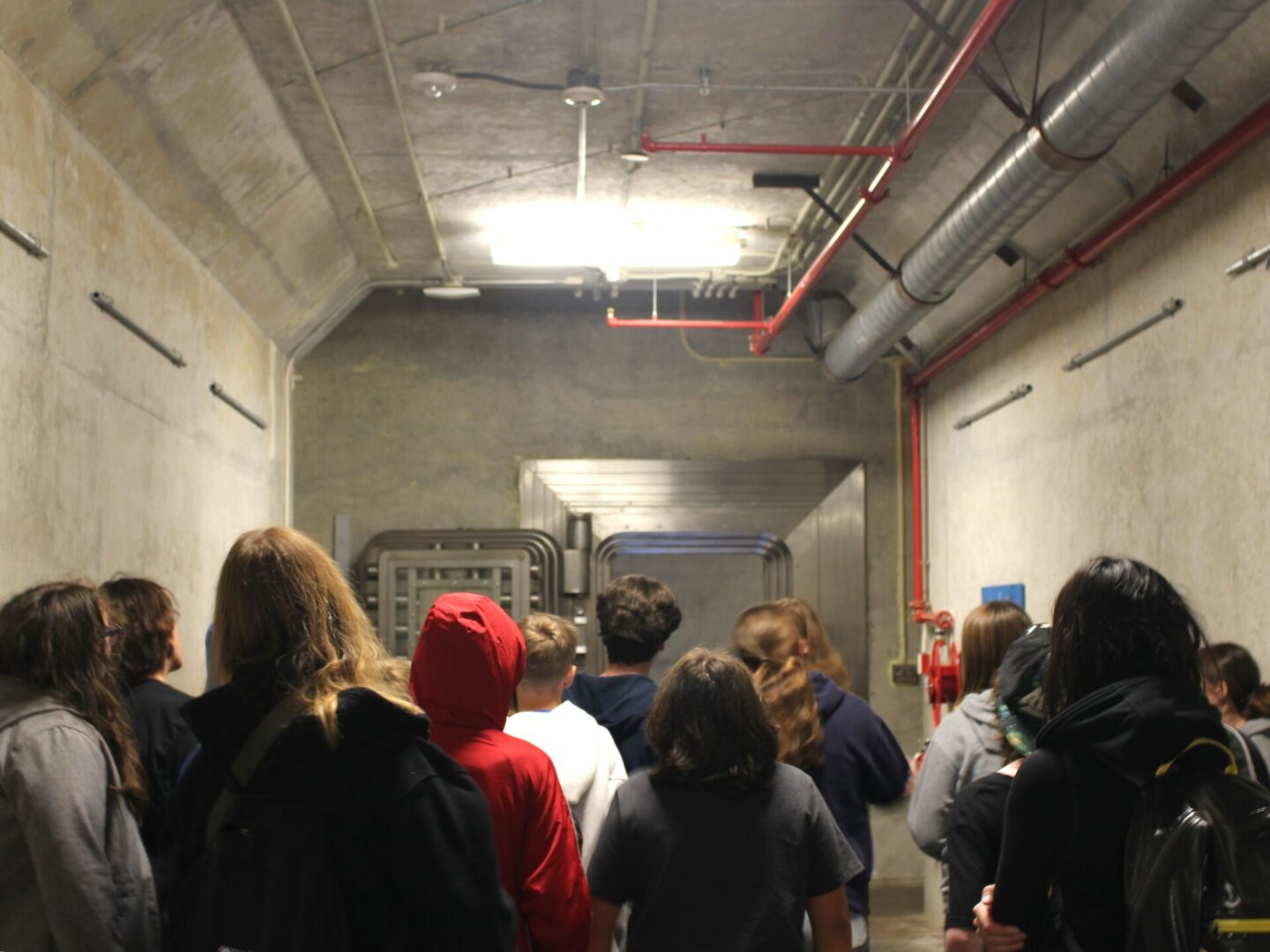
Virtual programs
Art and Peacebuilding
Grade 4–12
Looking at art made during the Cold War years, students will create their own art piece advocating for peace.
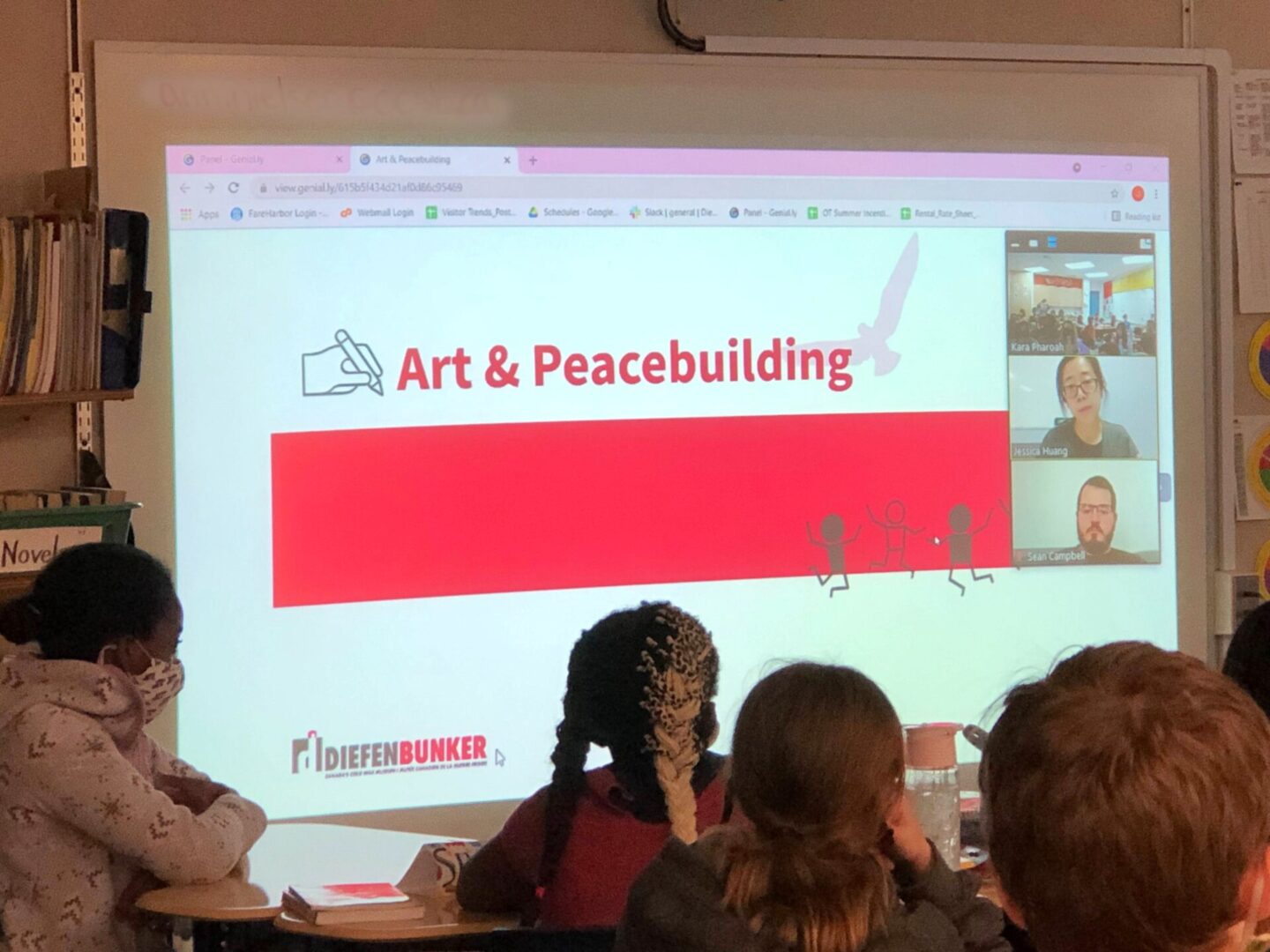
Emergency Preparedness
Grade 6–12
Students will learn how people prepared during the Cold War for potential disasters and how we can prepare for emergencies today.

Program logistics
On-site and virtual educational programs are offered year-round, between 9:00 a.m. and 4:00 p.m. on weekdays and between 9:00 a.m. and 3:00 p.m. on weekends, excluding statutory holidays or other posted museum closures.
It is the responsibility of the chaperones / supervisors to ensure the proper conduct of their groups at all times. During programs, chaperones will be encouraged to participate and assist.
The following minimum ratios are required for student supervision by adults when visiting the museum:
- Grade 4–8 / Elementary Cycle 2 – Secondary Cycle 1: 1 adult to 10 students
- Grade 9 and up / Secondary Cycle 2 and up: 1 adult to 15 students
Please note if you are planning to explore the museum after your programs that an adult needs to be present with groups of students at all times.
We are committed to accommodating your needs to the best of our abilities. We acknowledge that there are pre-existing barriers within our building such as ledges, lips, and stairs that may make it difficult to access some rooms. You can read more about these barriers and the accommodations here.
Please let us know if your group has any special needs and we’ll be happy to discuss specific accommodations.
2025 PRICING: VIRTUAL PROGRAMS
Virtual programs are $75 per group, regardless of the group size. Price excludes tax.
2025 PRICING: ON-SITE PROGRAMS
On-site programs are priced based on the number of participants. Prices below exclude tax.
| Type | 60-minute Tour | 90-minute Tour | Program Add-on | Cancellation Fee (Tour) | Cancellation Fee (Program) |
| Adult | $17.50 | $26.25 | $3.75 | $8.75 | $1.75 |
| Senior (60+) | $16.25 | $24.25 | $3.75 | $8.10 | $1.75 |
| Youth (6-14) | $9.50 | $14.25 | $3.50 | $4.75 | $1.75 |
| Youth (15-17) | $9.50 | $14.25 | $3.75 | $4.75 | $1.75 |
| Student (18+) | $12.00 | $18.00 | $3.75 | $6.00 | $1.75 |
| Adult – Military | $15.75 | $23.60 | $3.75 | $8.75 | $1.75 |
| Senior – Military | $15.75 | $23.60 | $3.75 | $8.10 | $1.75 |
| Chaperone (1 adult per 15 youth) | Free | ||||
| Tour Operator | Free | ||||
| Bus Driver | Free | ||||
| After Hours Fee | $3.50 per person | ||||
2025 PRICING: CONFLICT RESOLUTION PROGRAM
On-site programs are priced based on the number of participants. Prices below exclude tax.
| Type | Conflict Resolution Tour + Program | Cancellation Fee | |||
| Youth (6-17) | $18.00 (untaxed) | $9.00 (untaxed) | |||
| Adult, Senior, Student (18+) above chaperone ratio | $3.75 | $1.90 | |||
| Chaperone (1 adult per 15 youth) | Free | ||||
| Tour Operator | Free | ||||
| Bus Driver | Free | ||||
| After Hours Fee | $3.50 per person |
Cancellations must be communicated in writing a minimum of two (2) weeks in advance of the booking date. Any changes made past this time will be subject to cancellation fees (see below).
If your group should arrive late, we cannot reduce the admission fee nor can we guarantee that your group will receive a full tour due.
Upon arrival, we allow a discrepancy of no more than five (5) participants from the original number booked. If changes to participant numbers are greater than five (5), cancellation fees will be applicable. It is at the museum's discretion to refuse a group arriving with more visitors than were booked.
Due to its location and age, the Diefenbunker may close on short notice due to inclement weather or other emergencies. In this instance, your group will not be charged, and your Contact Person will be notified immediately.
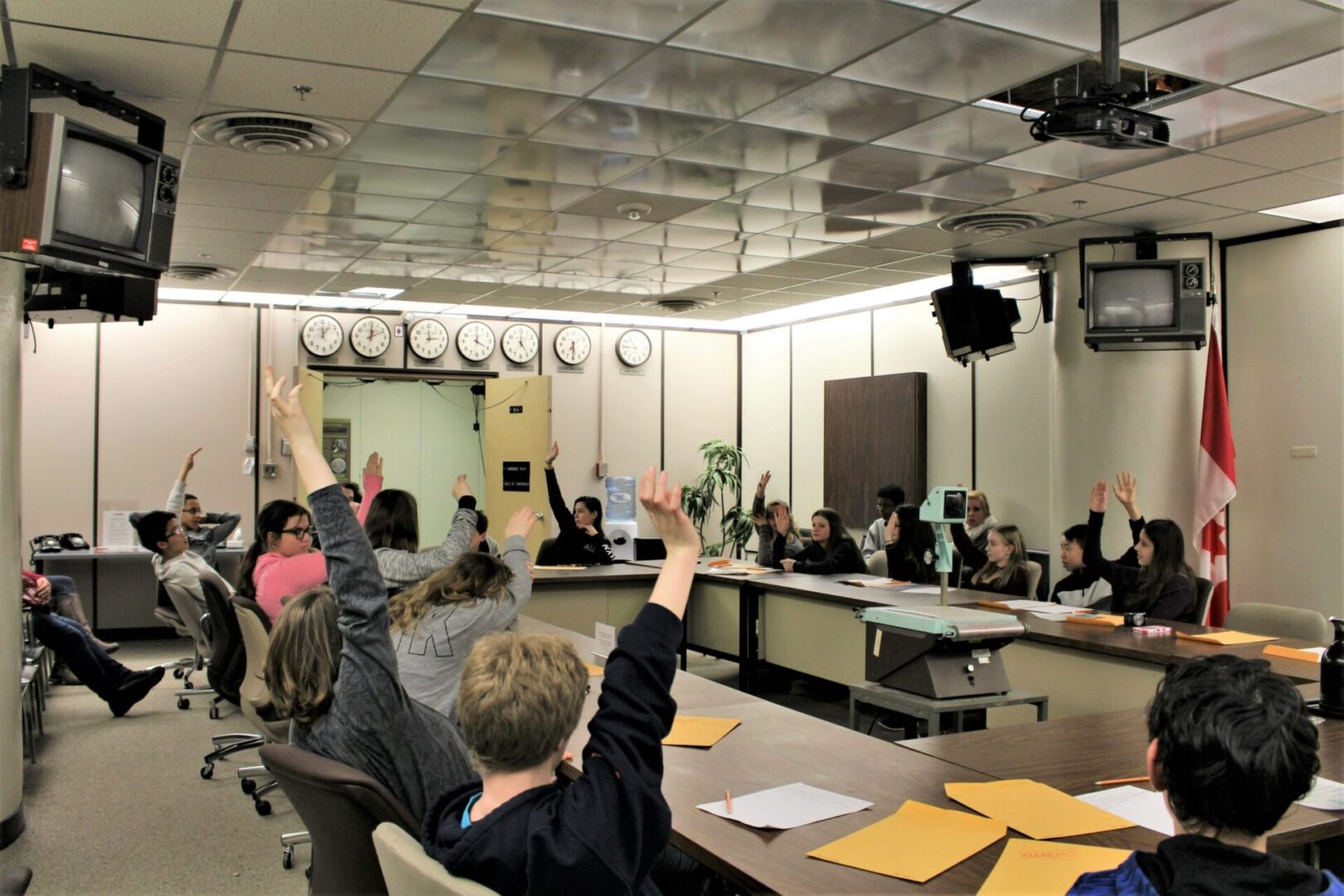

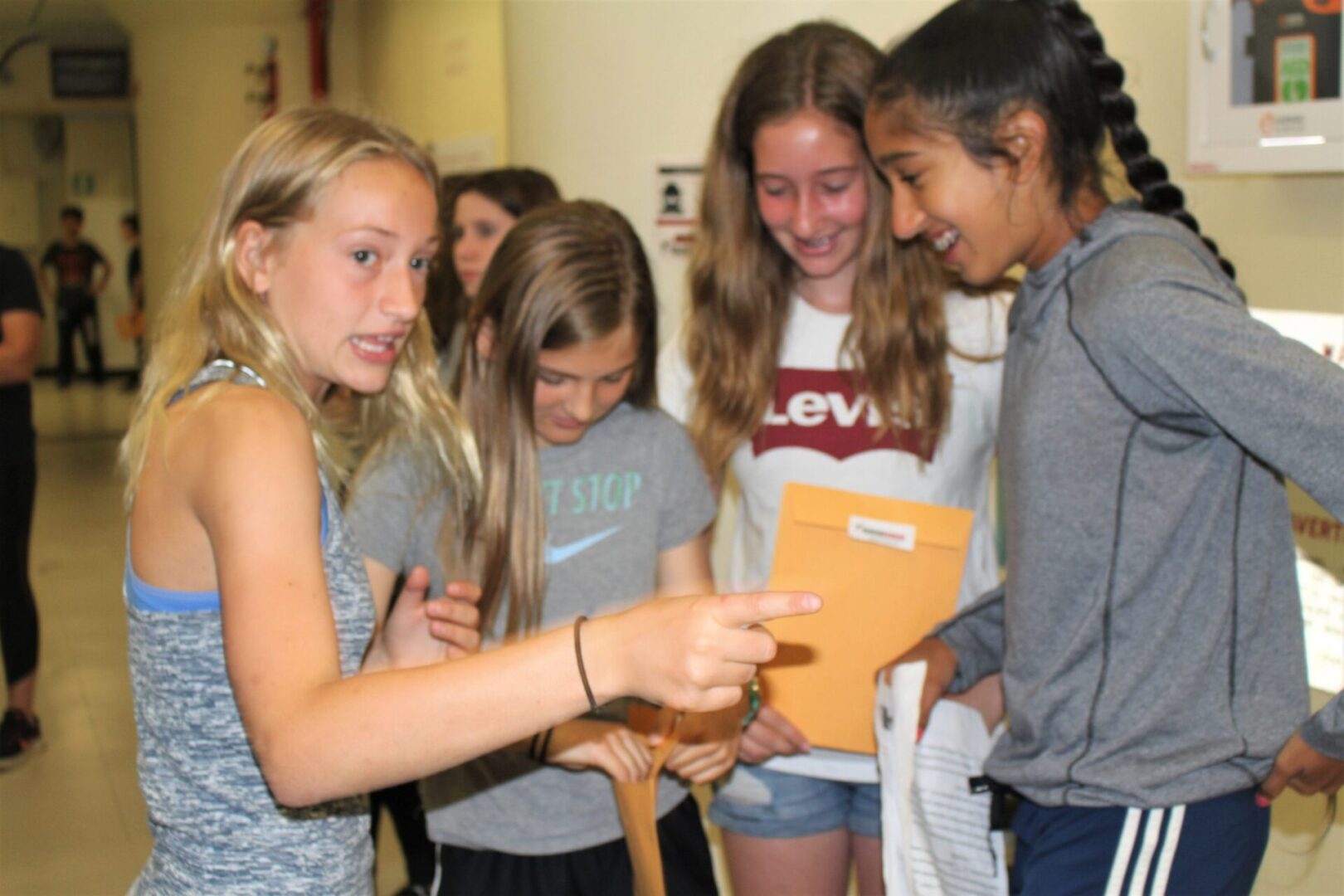
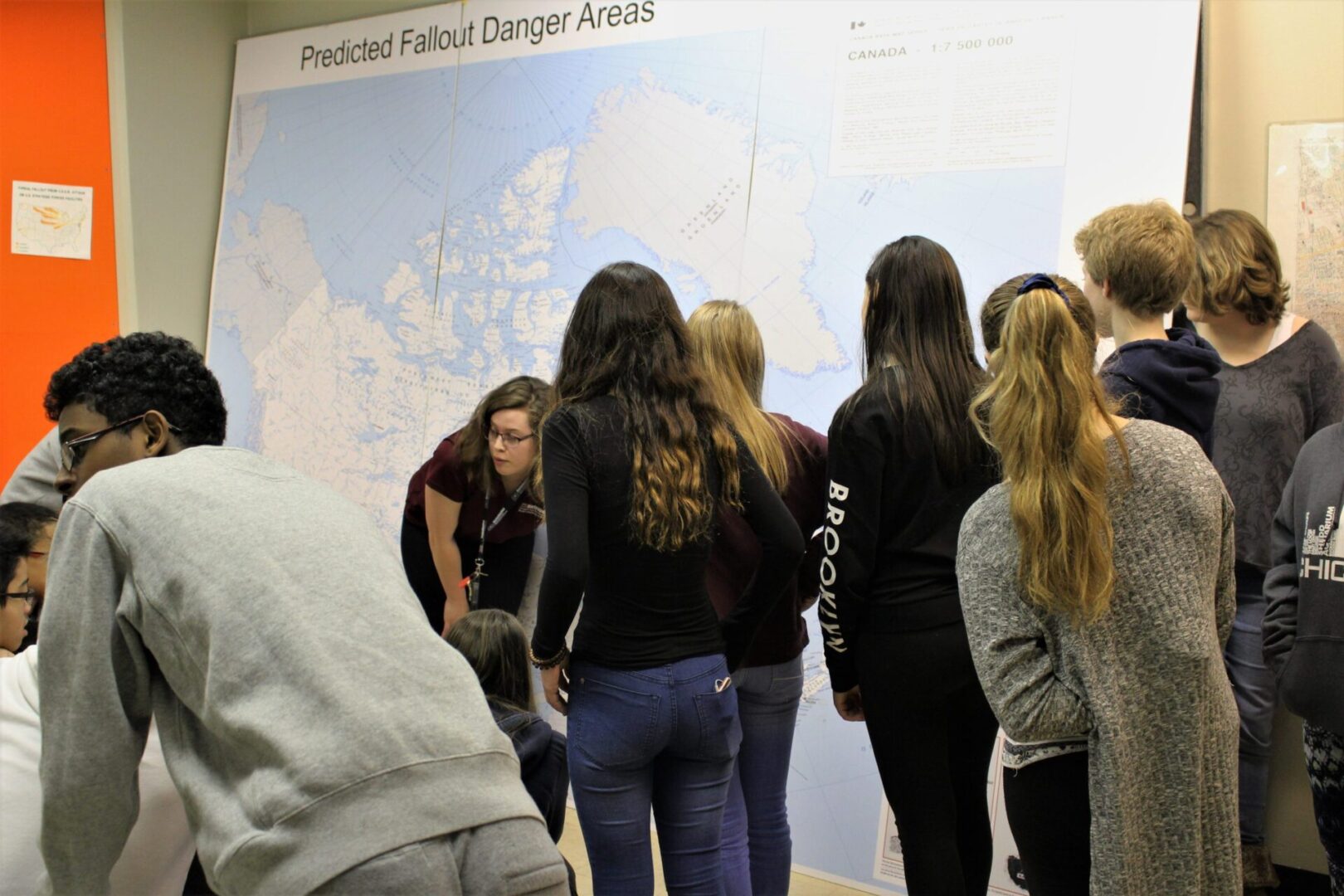

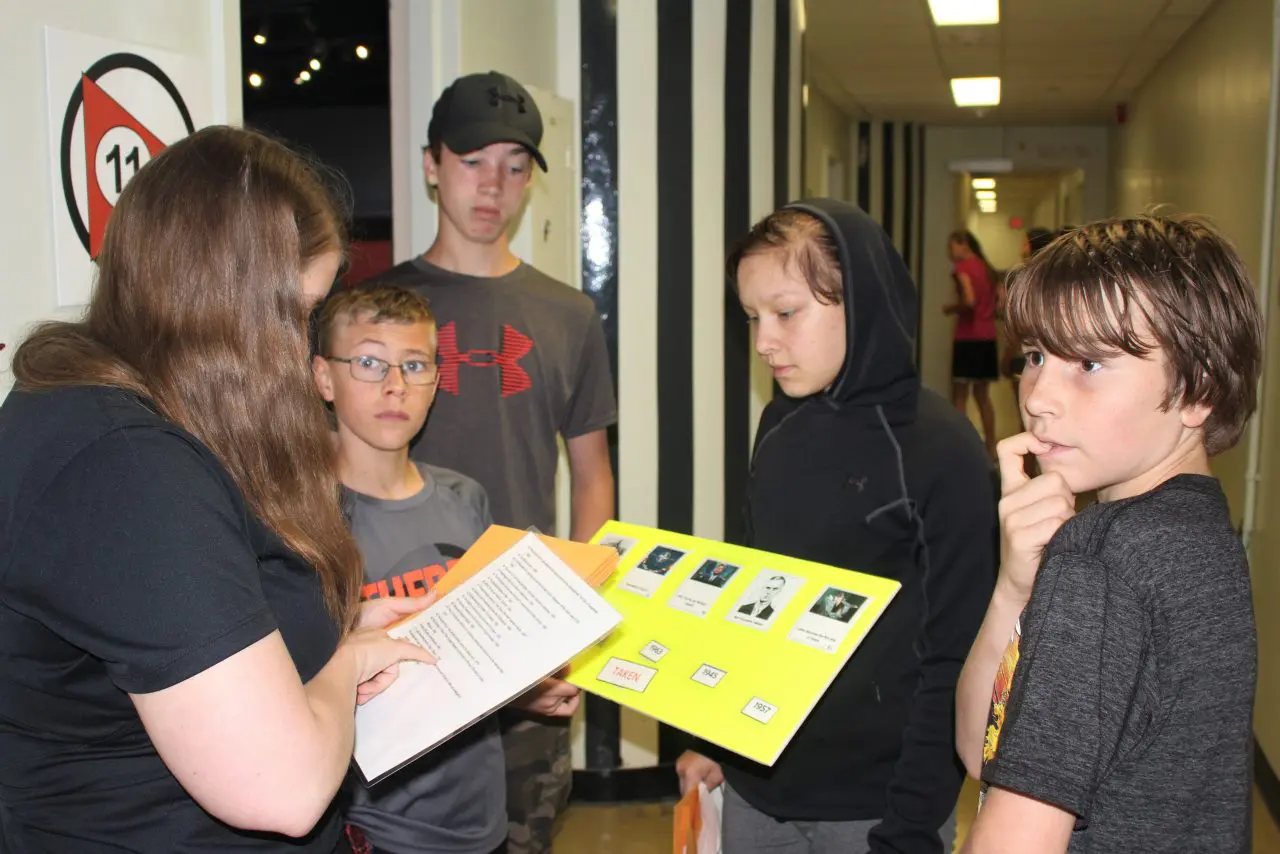

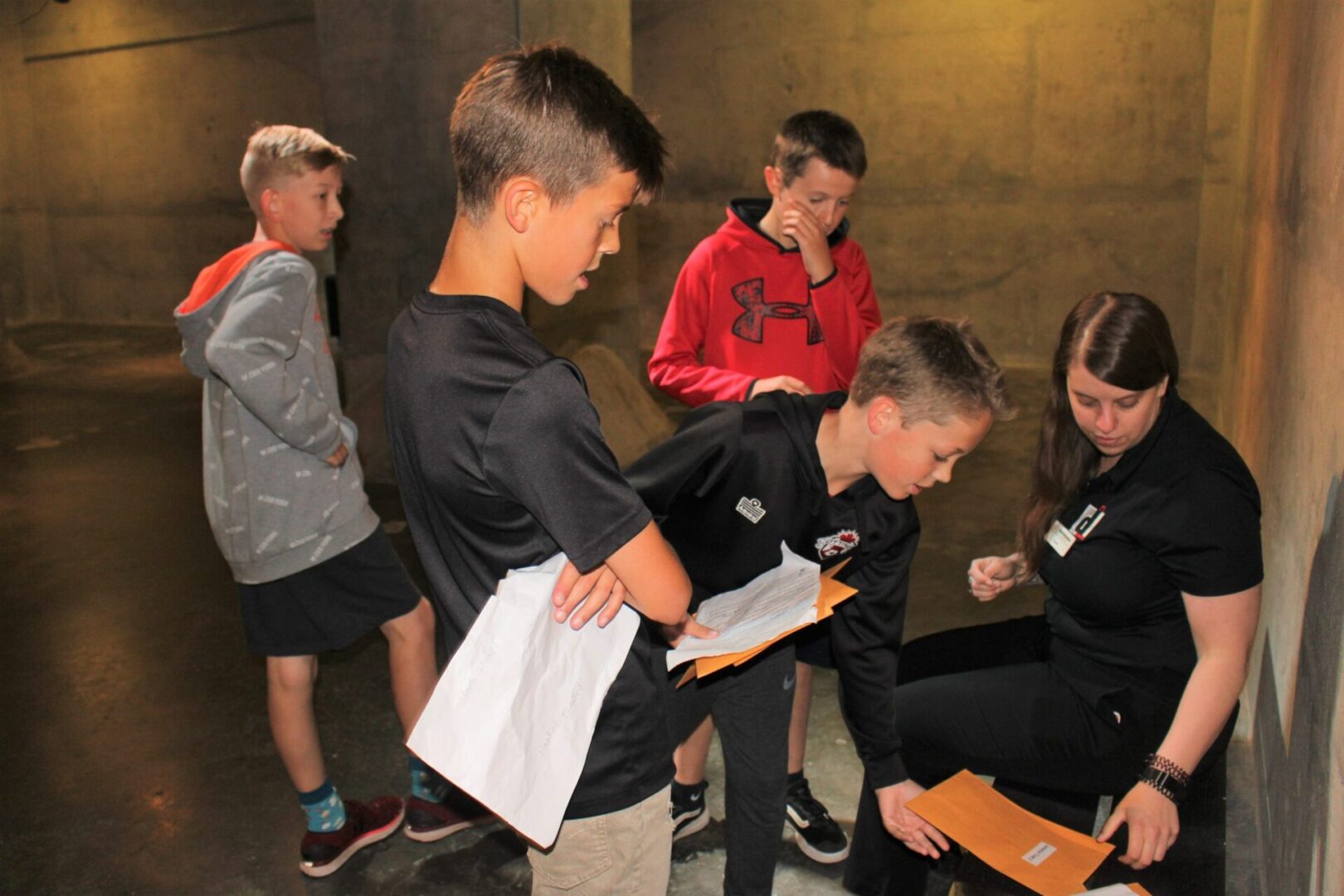
SIGN UP FOR EDUCATOR RESOURCES
Receive occasional updates to your inbox on educational programs, lesson plans, and more!
By adding your details to this form, you are agreeing to receive email communications from the Diefenbunker Museum. You may opt out or unsubscribe at any time through the links at the bottom of our emails, or by emailing us at marketing@diefenbunker.ca.
